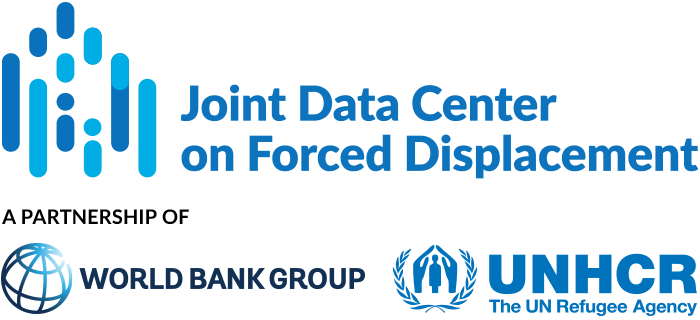This article investigates the relationships between healthcare attacks, conflict incidence, and internal displacement in Syria between 2016 and 2022. Over the 13 years of civil conflict in Syria, over 7.2 million people have been internally displaced, and 6.5 million refugees have fled the country.
JDC Literature Review
The role of school functioning, physical activity, BMI, sex and age in building resilience among Ukrainian refugee children in Poland
This article examines the relationship between school functioning, physical activity (PA), sex, Body Mass Index (BMI), age, and resilience in Ukrainian refugee children in Poland. Since Russia’s invasion of Ukraine on February 24, 2022, approximately 200,000 school-aged children and adolescents from Ukraine have enrolled in Polish schools.
Education and socioeconomic status as predictors of refugee mental health: insights from a study of Jordan-based Syrian refugee sample
This article investigates the mental health of Syrian refugees in Jordan and identifies the sociodemographic factors associated with mental distress. An estimated 1.4 million Syrian refugees live in Jordan.
The Making of a “Lost Generation”: Child Labor among Syrian Refugees in Turkey
This paper examines the factors contributing to child labor among Syrian refugees in Turkey. By the end of 2018, Turkey hosted 3.6 million Syrian refugees, including 1.6 million children under the age of 18, of which 1.1 million were of school age (5–17 years).
School violence, depression symptoms, and school climate: a cross-sectional study of Congolese and Burundian refugee children
This paper examines the factors contributing to school-based violence and depressive symptoms among refugee students in the Nyarugusu Refugee Camp in Tanzania.
Risk factors associated with Rohingya refugee girls’ education in Bangladesh: A multilevel analysis of survey data
This paper investigates the factors associated with Rohingya girls’ likelihood of attending temporary learning centers (LCs) in refugee camps in Cox’s Bazar, Bangladesh. Cox’s Bazar hosts nearly one million Rohingya refugees from Myanmar.
Gender-based vulnerability: combining Pareto ranking and spatial statistics to model gender-based vulnerability in Rohingya refugee settlements in Bangladesh
This paper investigates the spatial and thematic variations in gender-based vulnerability of Rohingya refugees in Bangladesh. As of March of 2019, there were over 900,000 Rohingya refugees living in the Ukhiya and Teknaf Upazilas of Bangladesh.
Systematic human rights violations, traumatic events, daily stressors and mental health of Rohingya refugees in Bangladesh
This article examines the relationship between systematic human rights violations, traumatic events, daily stressors, and mental health symptoms among Rohingya refugees in Bangladesh. Almost 900,000 Rohingya refugees were living in refugee camps in Southeastern Bangladesh at the time of the study.
Prevalence, patterns, and determinants of gender-based violence among women and girls in IDP camps, Mogadishu-Somalia
This paper estimates the prevalence and determinants of gender-based violence (GBV) among women in IDP camps in Somalia. Somalia has one of the highest rates of GBV worldwide, with GBV more prevalent among women and girls in IDP camps.
Heterogeneous Effects of Forced Migration on the Female Labor Market: The Venezuelan Exodus in Colombia
This paper examines the impact of large-scale Venezuelan migration on the female labor market in Colombia. More than 1.5 million Venezuelans migrated to Colombia in the period 2016–2019 due to the economic and social crises in Venezuela. The analysis is based on data from the Colombian household survey for the period 2013–2019. The authors exploit the variation in the concentration of Venezuelans across Colombian departments over time. They consider the non-random settlement of Venezuelans across Columbian departments by modeling (using an instrumental variables approach) the share of people living in each state of Venezuela in 2011 (before the Venezuelan exodus) and the distance between those states and the departments of Colombia.


